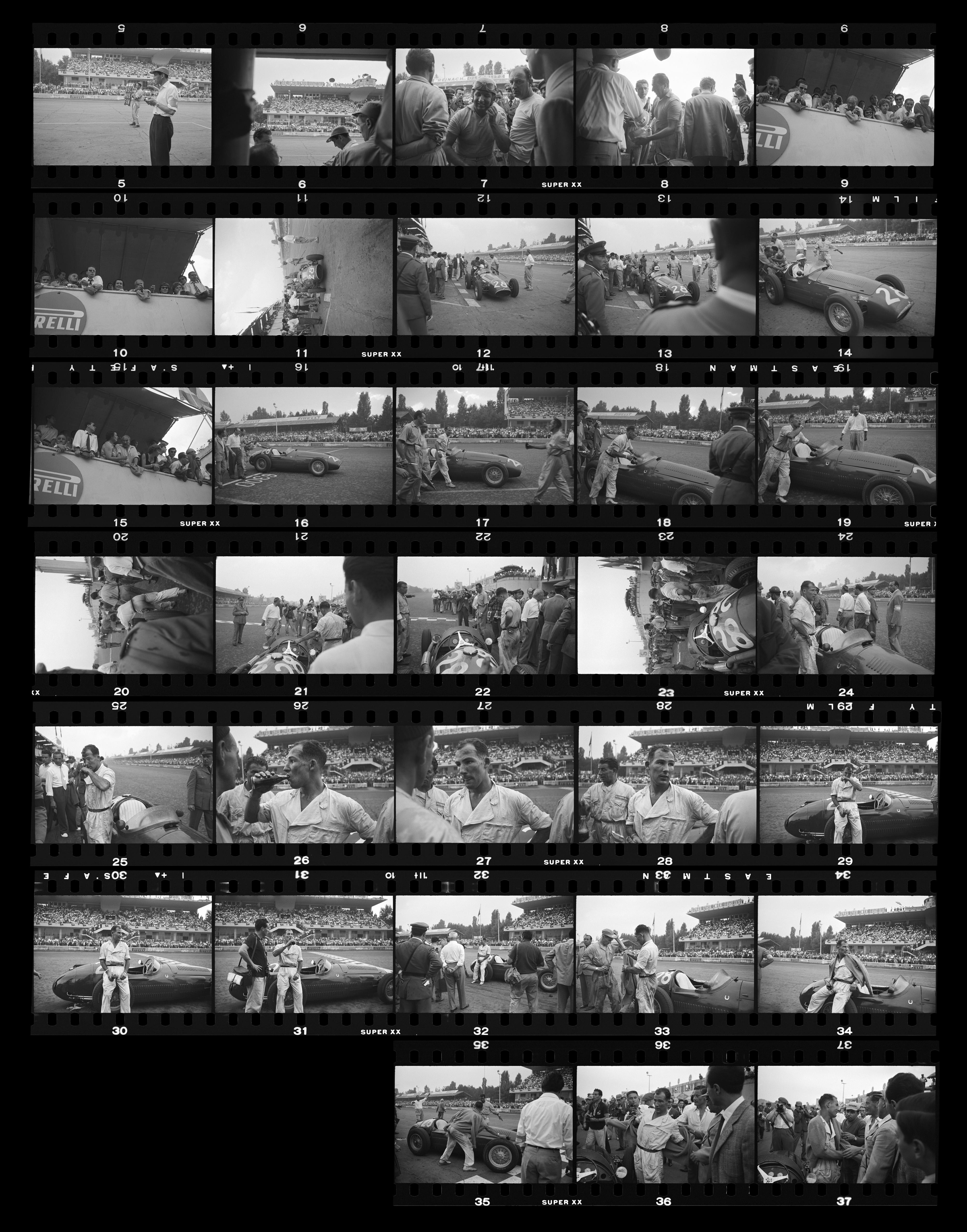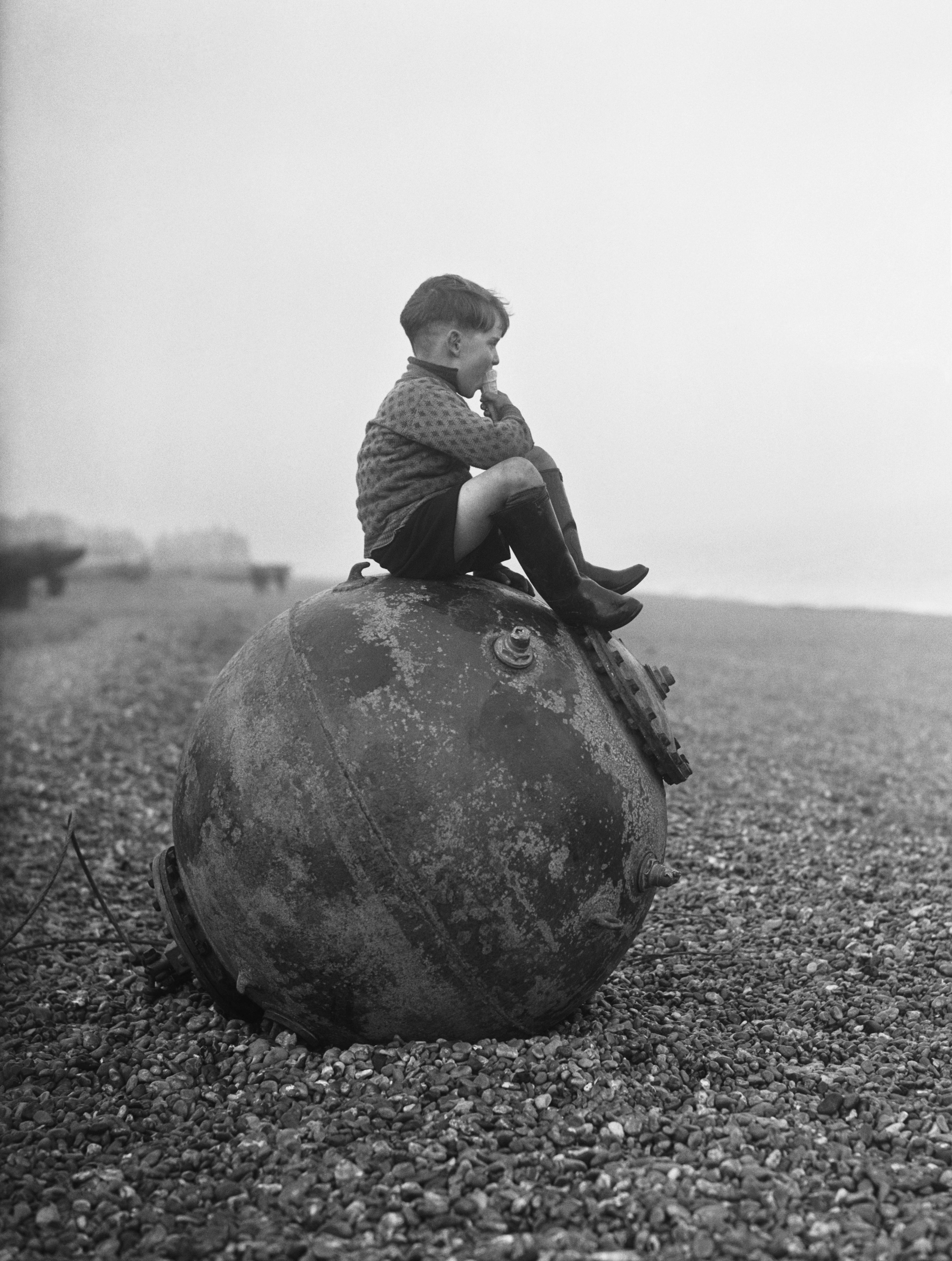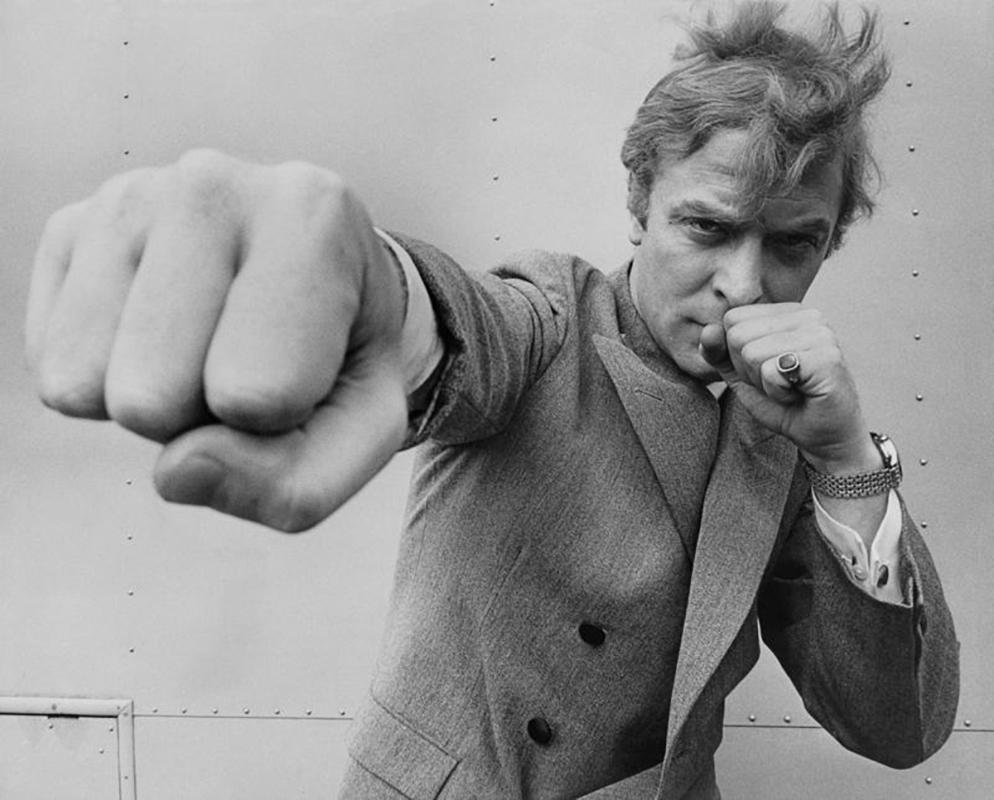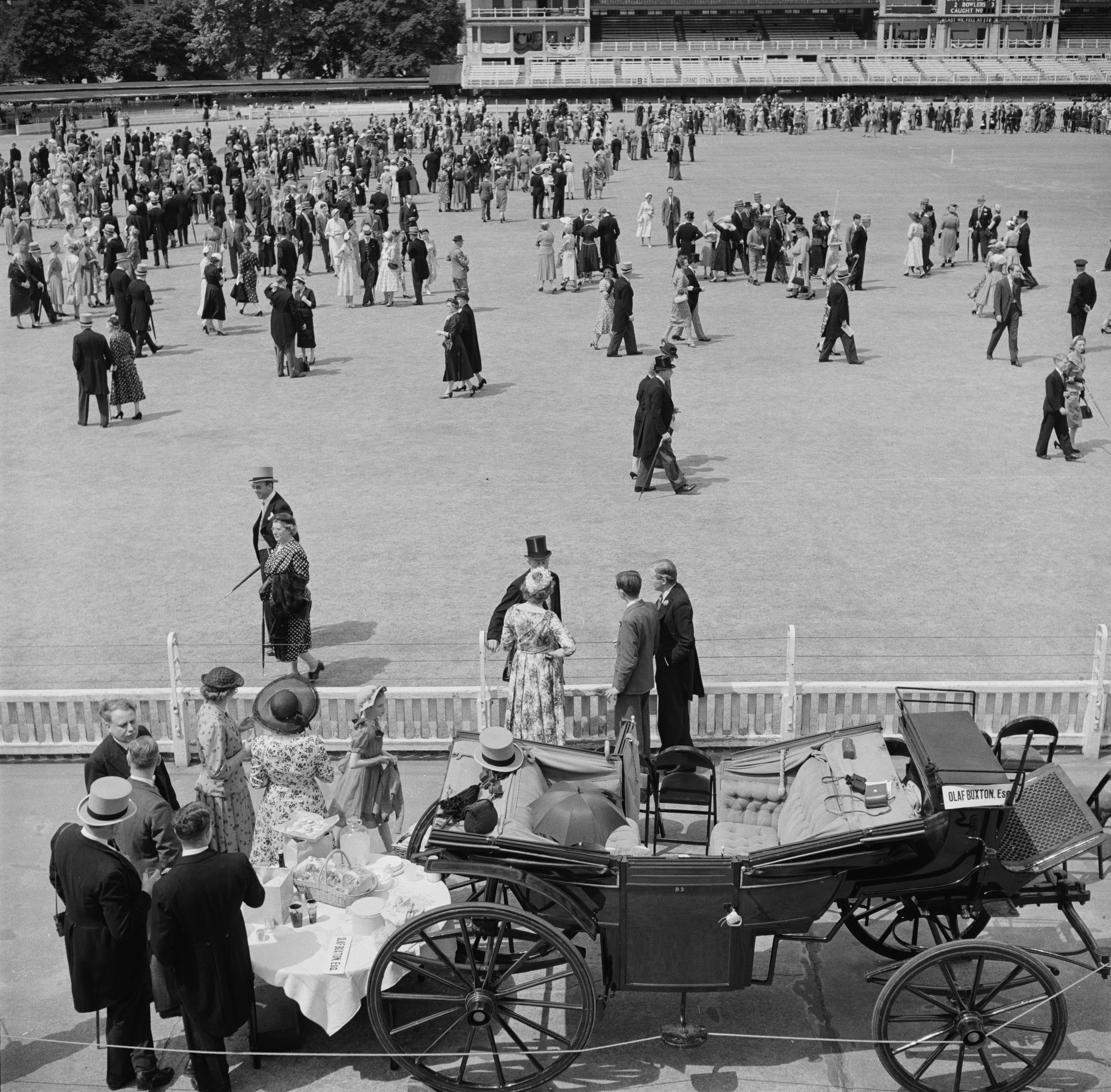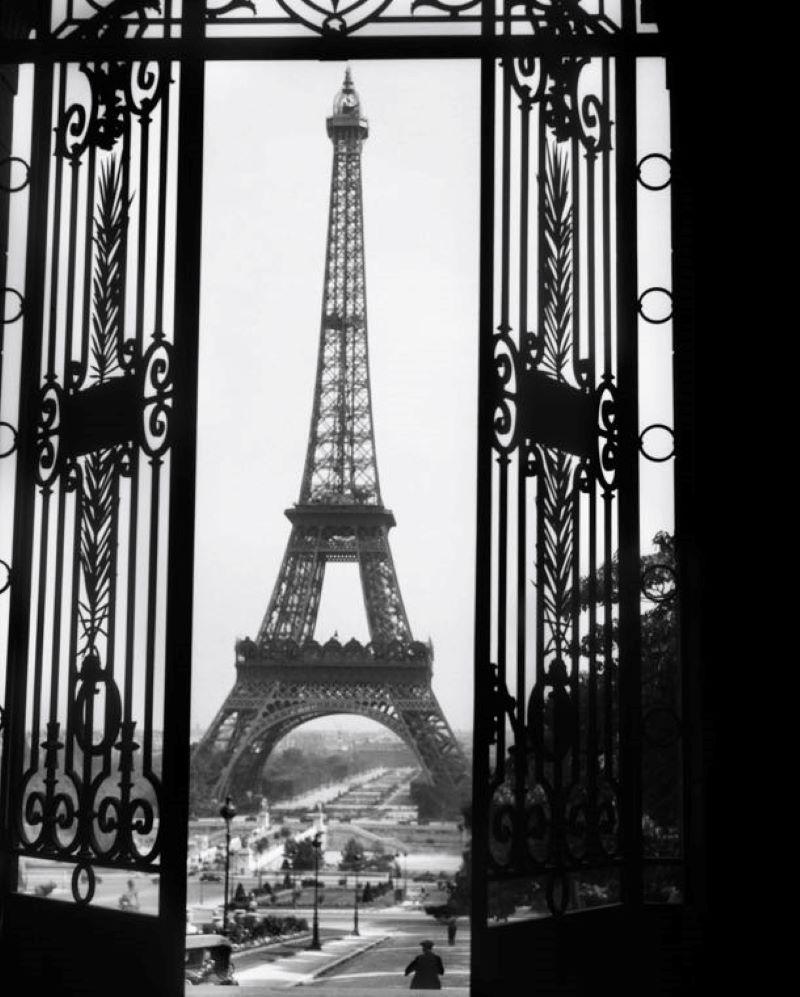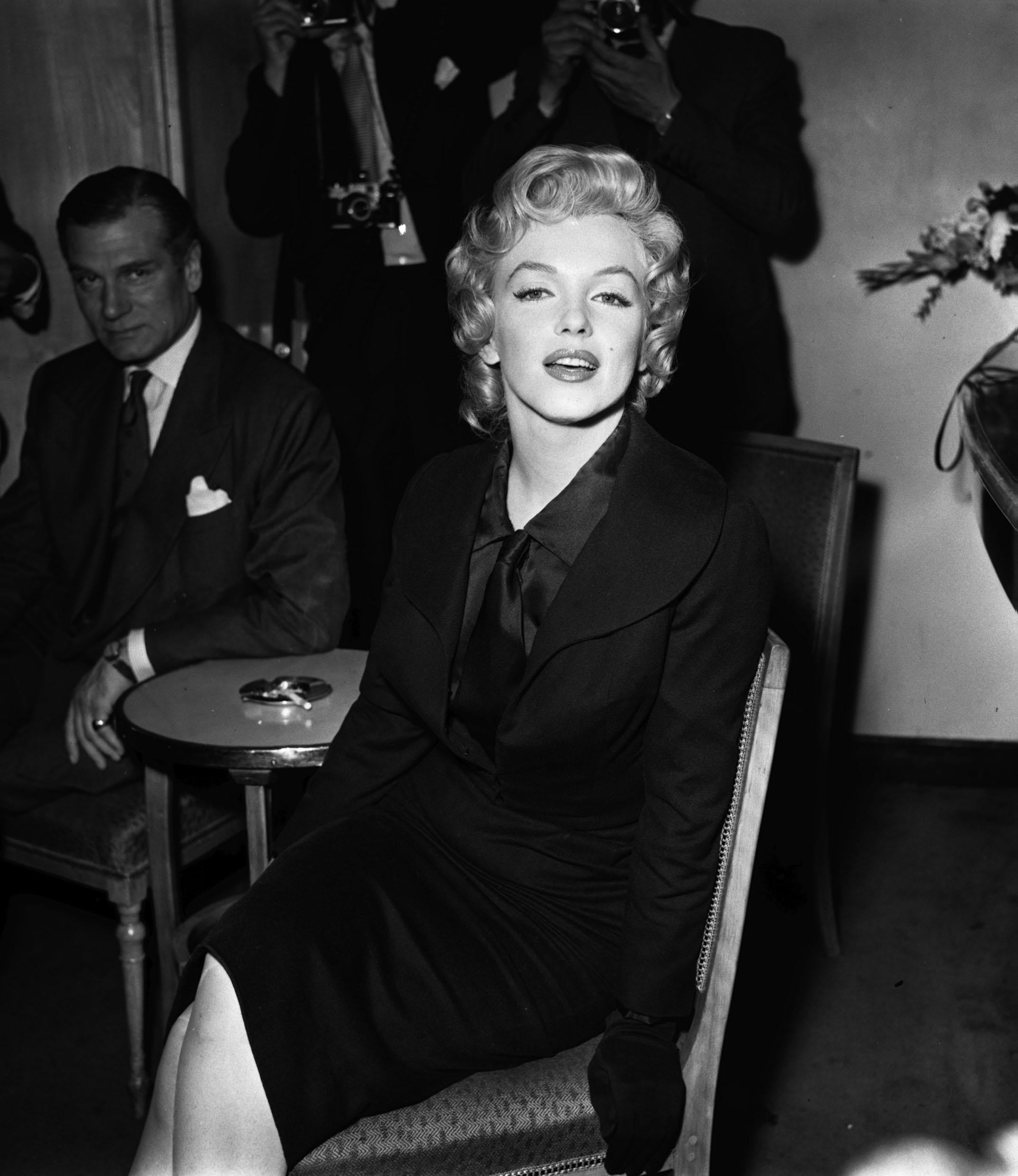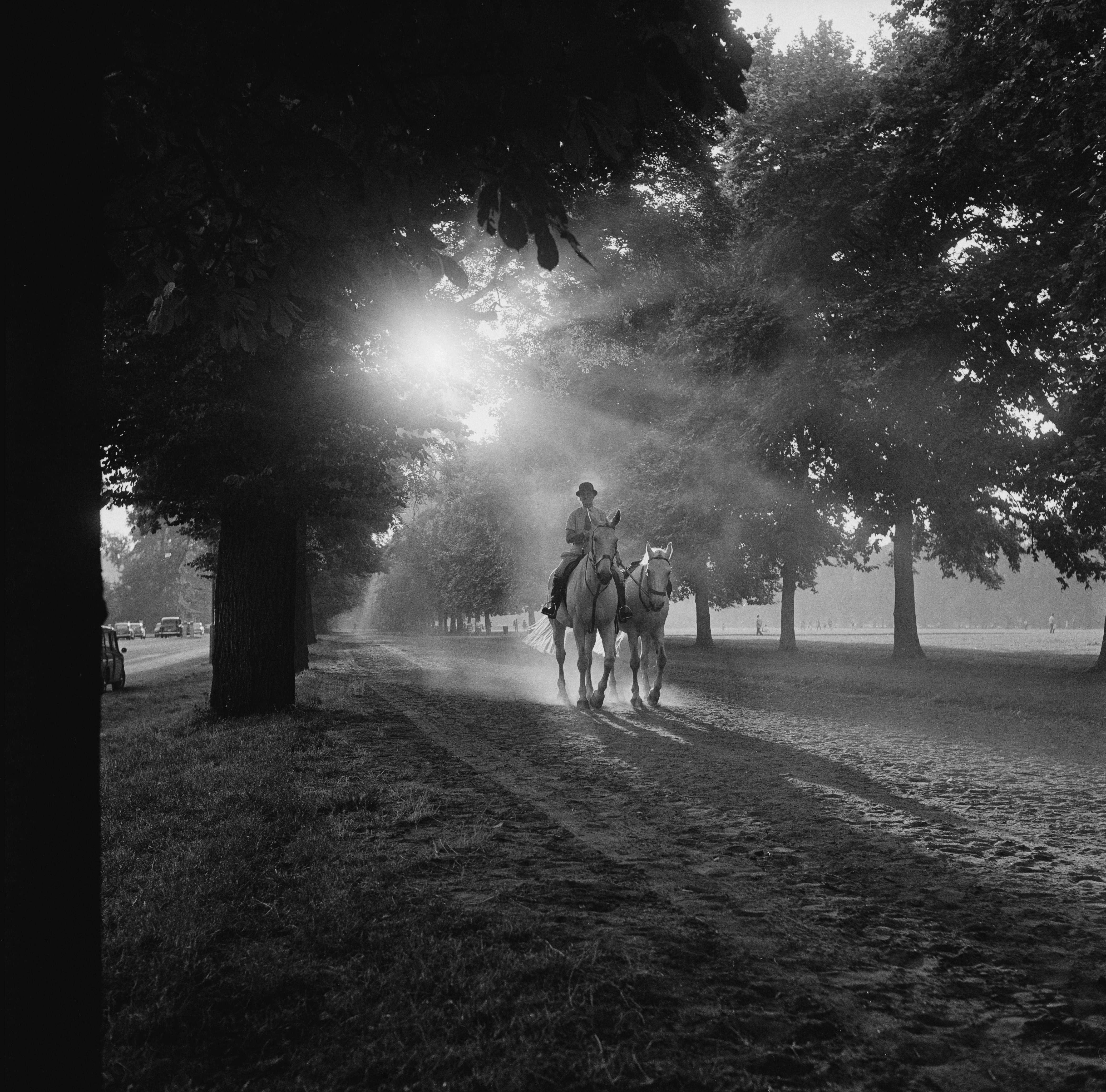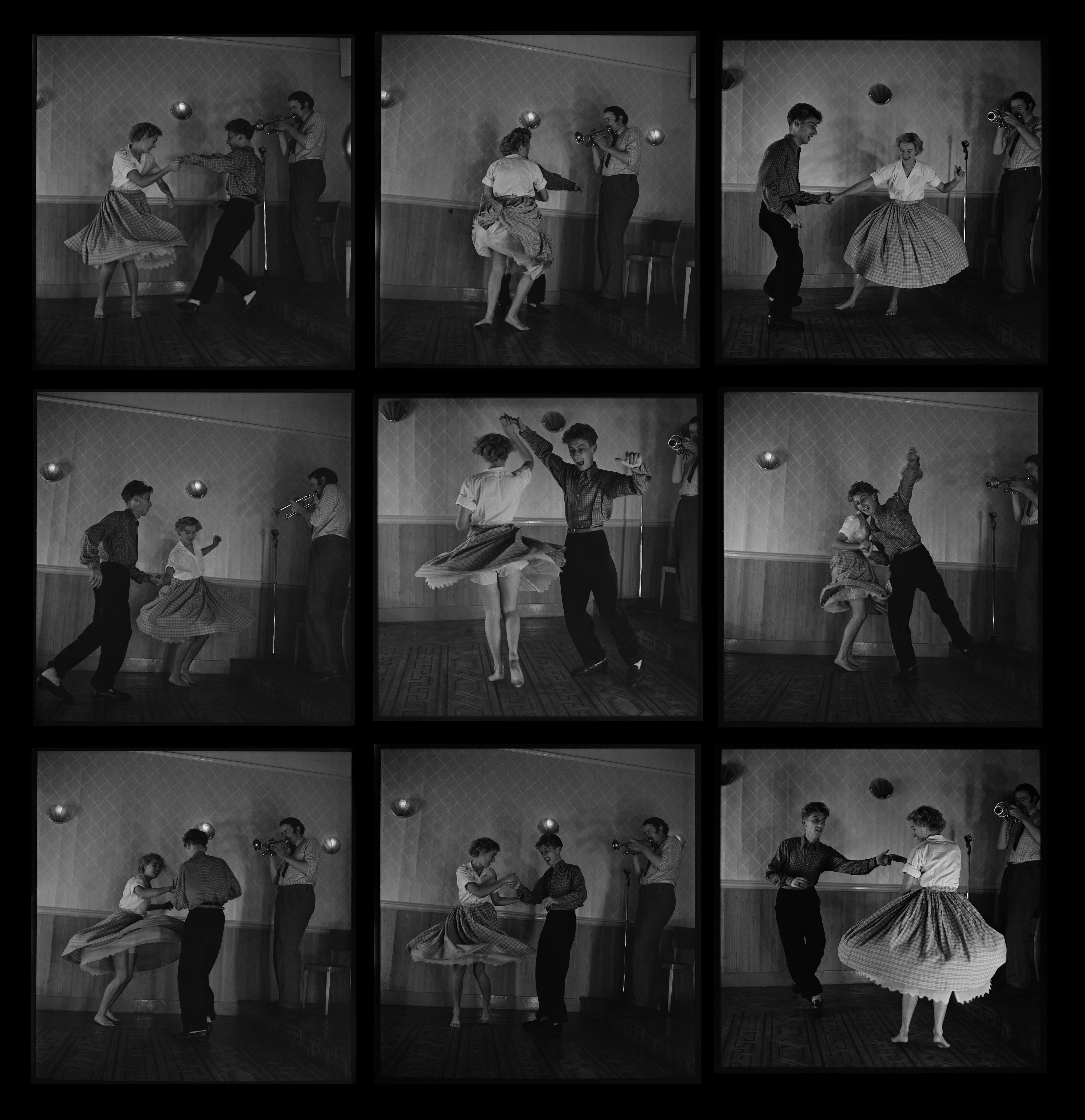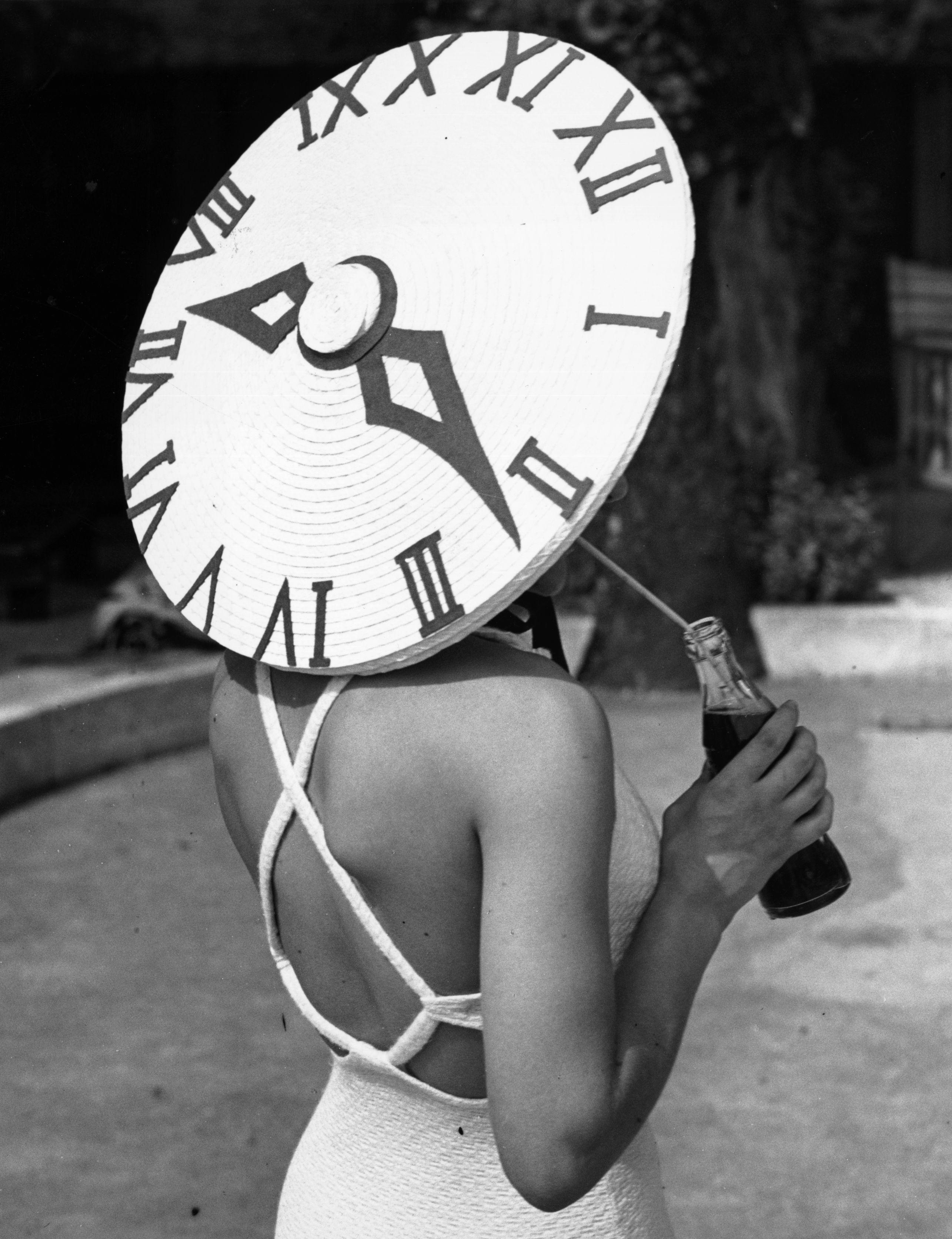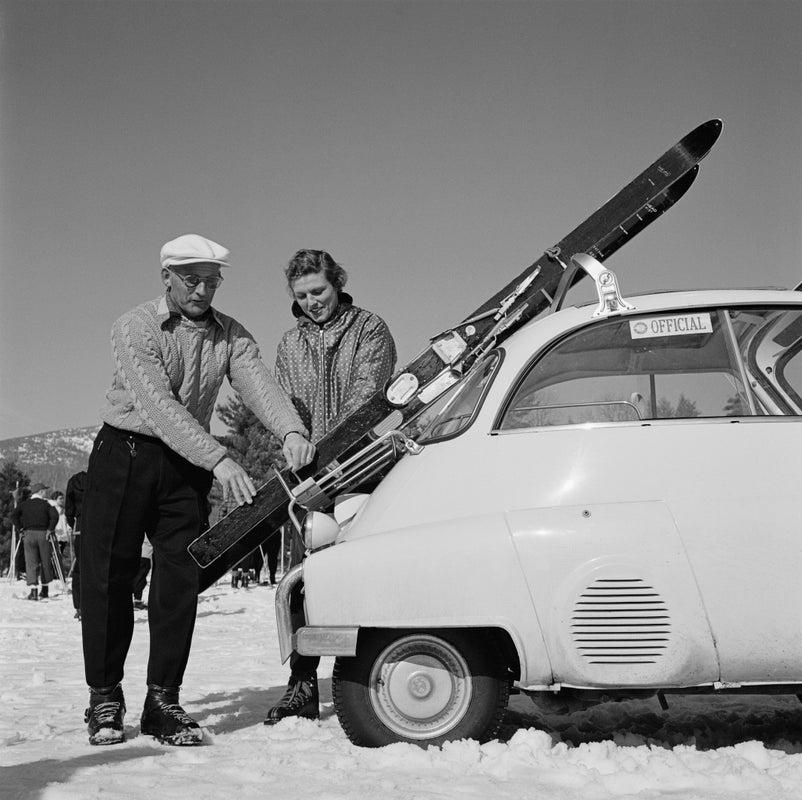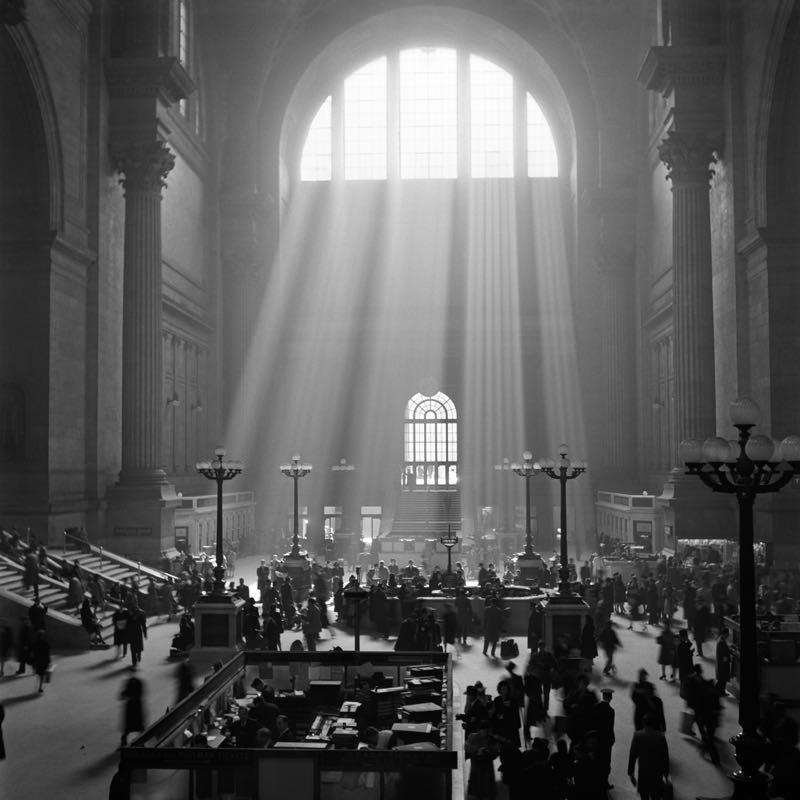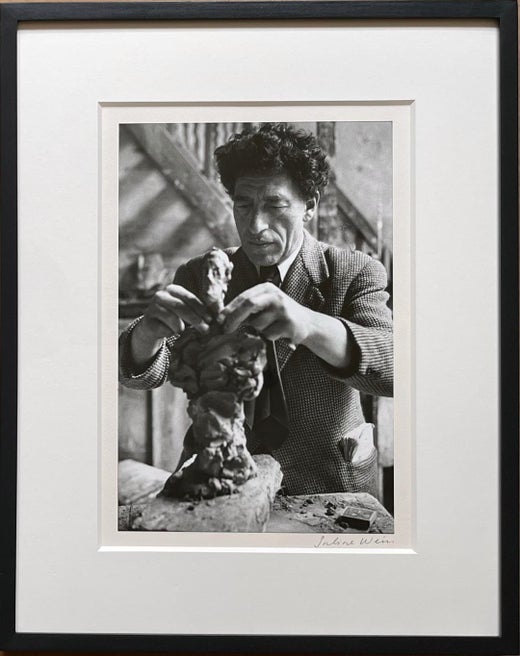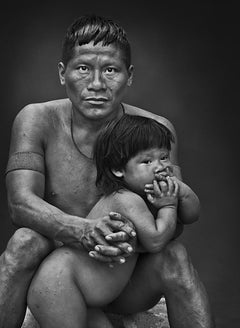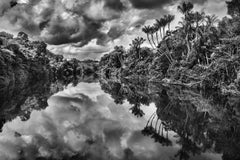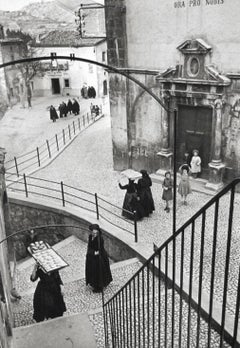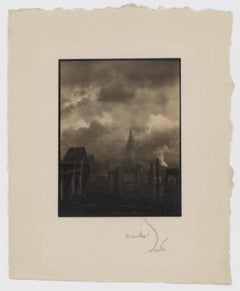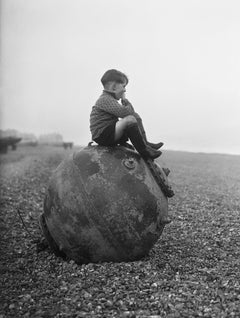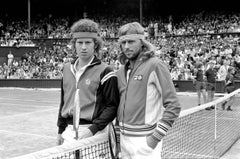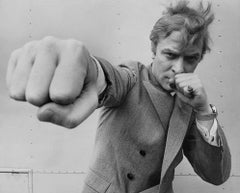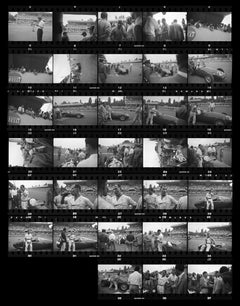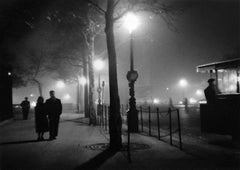
Paris
View Similar Items
Sabine WeissParis1953
1953
About the Item
- Creator:Sabine Weiss (1924, Swiss)
- Creation Year:1953
- Dimensions:Height: 16 in (40.64 cm)Width: 20 in (50.8 cm)
- Medium:
- Period:
- Condition:
- Gallery Location:Santa Monica, CA
- Reference Number:1stDibs: LU14897523
Sabine Weiss
Sabine Weiss was born in Switzerland in 1924. In 1942, she wondered what to do with her life, and decided that she should become a photographer because it is what she loves. Weiss's mother showed her art galleries and Roman churches at a very young age, and her researcher-chemist father loved to see her print her little photos with the resources available at the time.
From 1942 until 1945, Weiss was an apprentice at Boissonnas in Geneva, house of a dynasty of photographers. In 1945, she moved to a studio in Geneva, but in 1946 Weiss decided to leave her childhood city to live in Paris. She knew there was no turning back. Weiss asked German photographer Willy Maywald to become her assistant. In 1949, Weiss met the painter Hugh Weiss and realized right away that she would spend her life with him. Weiss left Maywald and she mastered her craft and started a long career, experimenting with fashion, photojournalism, advertising and everything else.
During her free time, Weiss liked to immortalize the depths of man in all simplicity. Her photographs moved Edward Steichen when he was preparing his major exhibition "The Family of Man," and he decided to present three of her images.
In recent years, Sabine Weiss has dedicated her time to exhibitions that showcase the humanist side of her work because it means a lot to her.
(Biography provided by Peter Fetterman Gallery)
More From This Seller
View All2010s Black and White Photography
Silver Gelatin
21st Century and Contemporary Black and White Photography
Silver Gelatin
1950s Black and White Photography
Silver Gelatin
1920s Black and White Photography
Silver Gelatin
1930s Black and White Photography
Silver Gelatin
1960s Black and White Photography
Silver Gelatin
You May Also Like
1940s Modern Portrait Photography
Black and White, Silver Gelatin
1980s Modern Black and White Photography
Silver Gelatin
1960s Modern Portrait Photography
Silver Gelatin
1950s Modern Figurative Photography
Black and White, Silver Gelatin
1950s Modern Figurative Photography
Black and White, Silver Gelatin
1920s Modern Portrait Photography
Black and White, Silver Gelatin
Recently Viewed
View AllRead More
Some of the Best Beatles Photos Were Taken by Paul McCartney
A trove of recently unearthed personal photos adds another dimension to the abundance of press images of the Fab Four.
Photographer Jerry Schatzberg Remembers a Legendary Shoot with Bob Dylan
The acclaimed lensman and the folk-rock phenomenon clicked, and a captivating portrait followed.
